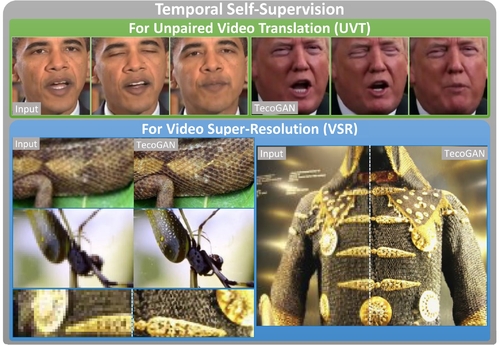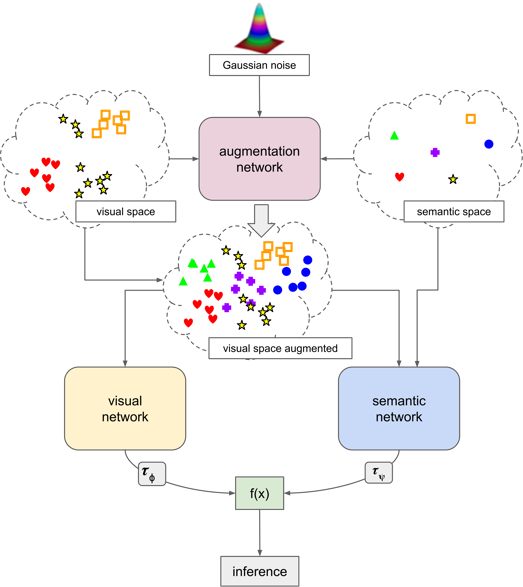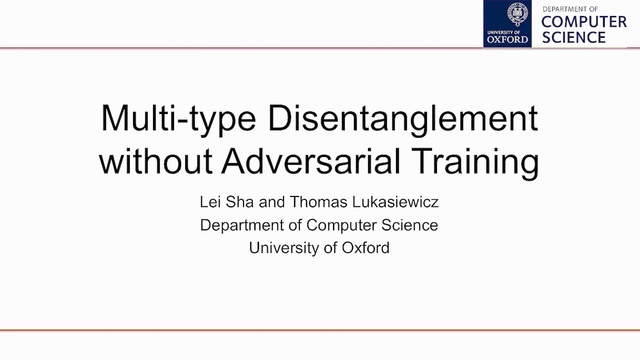Abstract:
Traditional natural language generation (NLG) models are trained using maximum likelihood estimation (MLE) which differs from the sample generation inference procedure. During training the ground truth tokens are passed to the model, however, during inference, the model instead reads its previously generated samples - a phenomenon coined exposure bias. Exposure bias was hypothesized to be a root cause of poor sample quality and thus many generative adversarial networks (GANs) were proposed as a remedy since they have identical training and inference. However, many of the ensuing GAN variants validated sample quality improvements but ignored loss of sample diversity. This work reiterates the fallacy of quality-only metrics and clearly demonstrate that the well-established technique of reducing softmax temperature can outperform GANs on a quality-only metric. Further, we establish a definitive quality-diversity evaluation procedure using temperature tuning over local and global sample metrics. Under this, we find that MLE models consistently outperform the proposed GAN variants over the whole quality-diversity space. Specifically, we find that 1) exposure bias appears to be less of an issue than the complications arising from non-differentiable, sequential GAN training; 2) MLE trained models provide a better quality/diversity trade-off compared to their GAN counterparts, all while being easier to train, easier to cross-validate, and less computationally expensive.









































